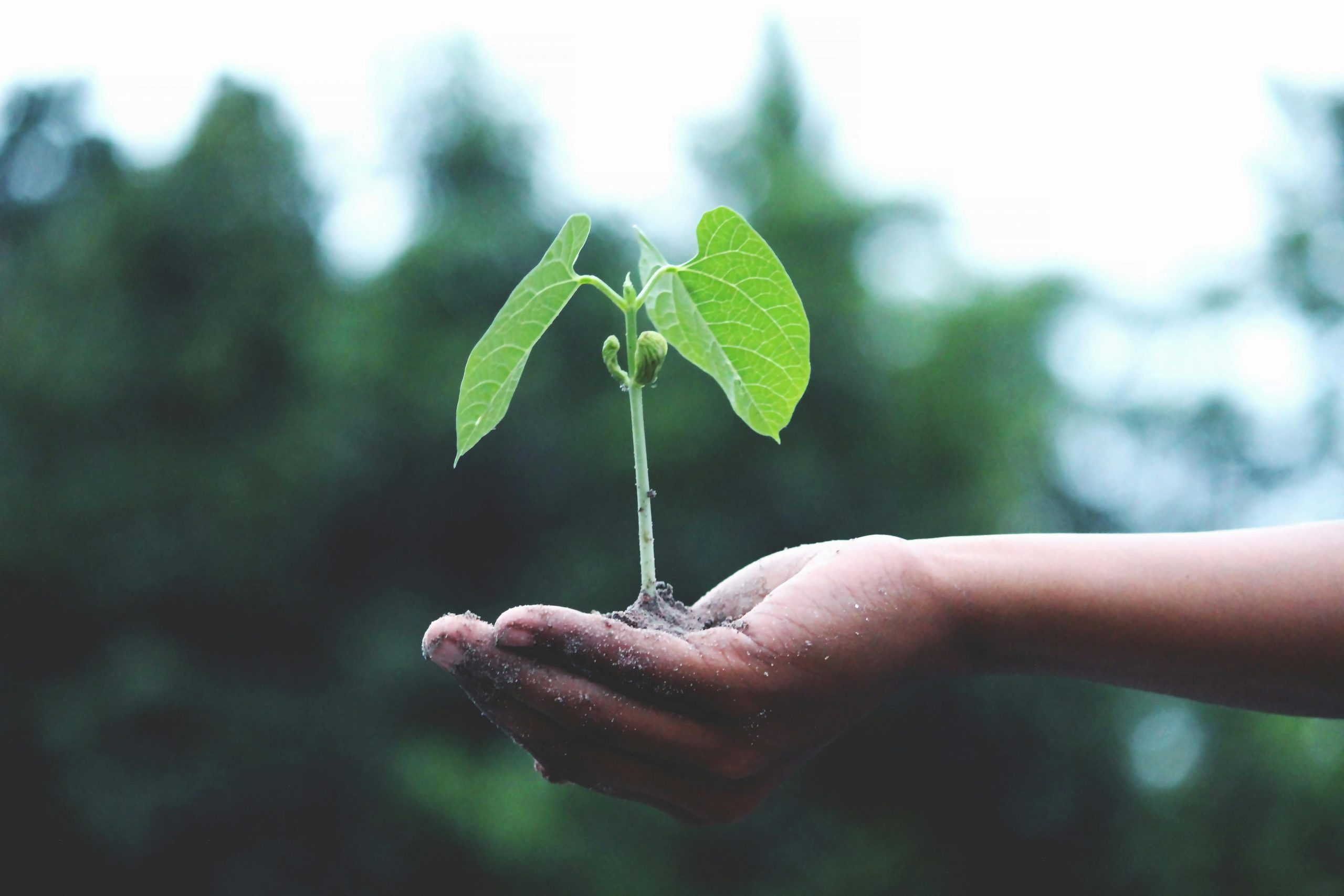Traumatic events such as the loss of a loved one, severe illness, natural disasters, abuse, or accidents can disrupt our sense of security, alter how we view our existence, and potentially harm our psychological well being. For many, these experiences lead to long-term suffering, but for others, they may also serve as a catalyst for profound personal transformation. This phenomenon is known as Post-Traumatic Growth (PTG).
In contrast to the more commonly discussed concepts of Post-Traumatic Stress Disorder (PTSD), which refers to the debilitating effects of trauma, PTG is about the potential for positive development following trauma. It is important to note that the two are not mutually exclusive. It refers to the ways in which individuals can experience significant growth in various aspects of their lives, including relationships, self-awareness, spirituality, and overall sense of purpose. This article explores the science behind PTG, its key components, how it can manifest, and how individuals can foster growth after experiencing trauma.
Defining Post-Traumatic Growth
Post-Traumatic Growth (PTG) is the theory and practice of positive psychological change following a traumatic event. While trauma can cause pain, suffering, and psychological distress, PTG suggests that these experiences can, in certain conditions, also lead to new levels of personal development, resilience, and deeper meaning in life. PTG is not about denying or minimizing the pain associated with trauma but rather recognizing the possibility of finding strength, purpose, and new perspectives in the aftermath. Therefore, it is important to note that one person who experiences PTSD may also experience PTG at a later point.
The concept of PTG was first introduced by psychologists Richard Tedeschi and Lawrence Calhoun in the mid-1990s. Through their research, they observed that, while some individuals experience lasting negative effects from trauma, others demonstrate remarkable resilience and develop beneficial changes. These changes often involve a shift in how individuals view themselves, their relationships with others, and the world around them [1].
In their work on this topic, Tedeschi and Calhoun proposed that post-traumatic growth typically manifests across five broad areas:
- Personal Strength
Individuals who experience PTG often report feeling stronger and more resilient than before the trauma. They may have discovered a latent reserve of courage and emotional endurance that they did not know existed. This newfound strength can foster a sense of empowerment and self-efficacy, which may help them cope with future challenges [2]. Reflecting on the ways one was able to adapt to a traumatic event may increase confidence and future help-seeking. - Improved Relationships with Others
Trauma often leads individuals to re-evaluate their relationships with family, friends, and even strangers. For many, it creates a deeper appreciation for the support and love of others, fostering closer, more empathetic relationships. People may also develop a stronger sense of community and become more compassionate toward others, especially those who have experienced similar hardships [3]. This effect may also be a function of the beneficial effects of increased social support during times of severe distress. Essentially, when people need each other the most, mutual peer networks become stronger, developing protective factors in the case of future adverse events. - Increased Appreciation for Life
Experiencing trauma can alter an individual’s perspective on life, often fostering an increased appreciation for the present moment. Many people report a renewed sense of gratitude for the simple pleasures of life—things they might have previously taken for granted. This enhanced appreciation often leads to a greater sense of fulfillment and purpose [7]. In some cases, increased mindfulness after traumatic events can be leveraged toward gratitude practices and introspection.. - New Possibilities or Opportunities
Trauma can disrupt the course of life, but it can also open new paths that were previously unexplored. Individuals might reconsider their career goals, life aspirations, or priorities. Trauma can serve as a wake-up call, prompting people to pursue passions or ambitions they had neglected or never even considered before. This shift may lead to significant life changes, such as a career change, relocation, or adopting a new lifestyle [5]. While it is difficult to isolate the exact mechanism for these shifts, it is important to take into consideration how an individual’s trauma might catalyze significant change, especially in a therapeutic setting. Reshaped motivation as a result of trauma can be an avenue for behavior change in multiple dimensions of an individual’s life. - Spiritual Development
For some, trauma leads to a profound spiritual transformation. People may become more open to exploring questions about existence, their sense of purpose, or the meaning of life. This doesn’t necessarily mean that individuals will adopt a religious faith, but they may develop a deeper sense of connection to something greater than themselves, whether through religion, nature, or a broader sense of humanity [11]. Due to the fundamentally disruptive nature of traumatic events, these experiences may shake long-accepted beliefs and invite new perspectives on existential issues.
The Psychological Mechanisms Behind PTG
PTG doesn’t happen automatically or for everyone who experiences trauma. It’s a complex, multifaceted process that depends on several psychological, social, and environmental factors. One of the central components of PTG is the process of meaning-making. After trauma, individuals are often forced to confront their assumptions about themselves, others, and the world. The trauma may challenge their basic beliefs, leading to a crisis of meaning. However, individuals who are able to make sense of their experience—whether through religion, philosophy, therapy, or social support—are more likely to experience positive changes. Reframing the trauma, viewing it as an opportunity for growth, or finding a higher purpose in the experience can facilitate PTG [8]. Social support plays a crucial role in promoting PTG and the process of “meaning making”. The relationships individuals have with friends, family, and support groups can help buffer against the negative effects of trauma and provide the emotional resources needed for growth. Social connections provide a sense of safety, validation, and encouragement, which can help individuals make sense of their experience and inspire positive changes [4].
Reflections and resilience are both critical factors in creating the conditions for PTG. Resilience generally refers to the ability to adapt and bounce back from adversity. While some individuals may experience PTSD or chronic distress, producing “weathering effects” after trauma, others exhibit resilience, a quality that allows them to recover and eventually thrive. Resilience is not an innate trait but a skill that can be cultivated over time through coping strategies, emotional regulation, and social support [5]. While many colloquially understand resilience as the ability to endure suffering or trauma without disruption, psychological resilience can be understood as maintaining the cognitive flexibility to appropriately appraise, respond, and cope with traumatic experiences in the long run. Reflection is another important mechanism in PTG. Many individuals report that, after the initial distress of trauma, they spend time reflecting on what happened, what they learned, and how they can use the experience to guide their future. This reflective process helps individuals reframe events, gain perspective and, in many cases, leads to significant personal development [13].
Factors That Influence PTG
The idea of growth, rather than chronic stress, as a result of trauma may seem idealistic or even unattainable for many. While PTG is a possibility for many people who experience trauma, not everyone will experience growth, and the extent of growth can vary. Several factors influence the likelihood and degree of PTG, including the nature of the traumatic event itself. Some traumas, particularly those involving profound loss or life-threatening situations, may lead to more significant changes, for better or for worse. On the other hand, less severe traumas or those that are less emotionally overwhelming may not trigger the same level of transformation [13].Certain personality characteristics, such as optimism, openness to experience, and a predisposition toward introspection, can also facilitate PTG. People who are naturally more reflective or who possess a sense of hope may be better equipped to find meaning and growth after trauma [13]. Those with higher levels of trait mindfulness may be more prone to the reflection necessary to support PTG.
The availability of social support and the cultural context in which the trauma occurs can significantly impact the possibility of PTG. For example, people living in supportive communities or cultures that encourage collective healing may experience growth more readily than those in isolated or stigmatizing environments [9]. Attempts to move on from a traumatic experience without fully processing the subsequent pain and consequences stifle opportunities for PTG. In a similar vein, the ways in which an individual copes with trauma—whether through avoidance, emotional suppression, or seeking professional help—can also determine the likelihood of growth. Active coping strategies that involve confronting and processing emotions are more likely to lead to PTG than passive or avoidant strategies [12].
While PTG is not guaranteed for everyone, it is possible to cultivate an environment that supports this. Therapy and counseling can be instrumental in helping individuals process their trauma and find meaning in their experiences. Therapeutic modalities like Cognitive Behavioral Therapy (CBT) and Narrative Therapy help individuals reframe their stories, confront painful emotions, and build resilience through cognitive flexibility [15]. Engaging with supportive friends, family, or support groups can make a huge difference in the healing process. Connection with others who understand and validate one’s experience can foster a sense of belonging and encourage positive change [4]. Attempts to foster meaningful support systems among people who were also impacted by a traumatic event may also provide an opportunity for collective growth. Mindfulness meditation and self-compassion techniques can help individuals stay present in their emotions, reduce self-criticism and self-blame in the wake of trauma, and embrace their vulnerabilities. These practices can provide emotional balance and promote greater acceptance of oneself [10].
Taking time to reflect on the trauma and seek meaning in the experience can facilitate PTG. This might involve journaling, spiritual practices, or simply talking about the experience with others. Understanding how the trauma fits into a larger narrative of personal growth can provide a sense of empowerment and direction, despite how destabilizing traumas may be [8]. PTG is not an isolated, random phenomenon, so it requires work from multiple people to embrace the belief that challenges, though difficult, offer opportunities for learning and growth. This growth mindset encourages individuals to see setbacks as temporary and surmountable, fostering optimism about the future [6].
Conclusion
Post-traumatic growth offers a hopeful and transformative perspective on the impact of trauma. While trauma is undeniably painful, it can also be an opportunity for growth, change in the right circumstances. However, PTG is not inevitable, and not everyone will experience it. It requires active engagement with one’s emotions, a supportive environment, and the willingness to find meaning in the face of suffering. By recognizing the potential for growth and adopting strategies to promote it, individuals can move forward from trauma not just surviving, but thriving.
References
-
https://pubmed.ncbi.nlm.nih.gov/8827649/
-
https://psycnet.apa.org/doi/10.1207/s15327965pli1501_01
-
https://doi.org/10.1080/15325020902724271
-
https://pubmed.ncbi.nlm.nih.gov/24490252/
-
https://pubmed.ncbi.nlm.nih.gov/14736317/
-
https://psycnet.apa.org/record/2006-08575-000
-
https://pmc.ncbi.nlm.nih.gov/articles/PMC10585376/
-
https://www.jstor.org/stable/20447198
-
https://www.researchgate.net/profile/Stephen-Lepore/publication/277022047_Resilience_and_Posttraumatic_Growth_Recovery_Resistance_and_Reconfiguration/links/555fda7708ae6f4dcc927343/Resilience-and-Posttraumatic-Growth-Recovery-Resistance-and-Reconfiguration.pdf
-
https://psycnet.apa.org/record/2003-05728-004
-
https://archive.org/details/livingdeeplyarts0000schl
-
https://pubmed.ncbi.nlm.nih.gov/11068973/
-
https://doi.org/10.1002/9781118270028.ch10
-
https://pubmed.ncbi.nlm.nih.gov/16515831/
-
https://ptgi.uncc.edu/wp-content/uploads/sites/9/2015/01/Tedeschi-et-al-Joseph-Ch-30-Clinical-applications-of-PTG.pdf







